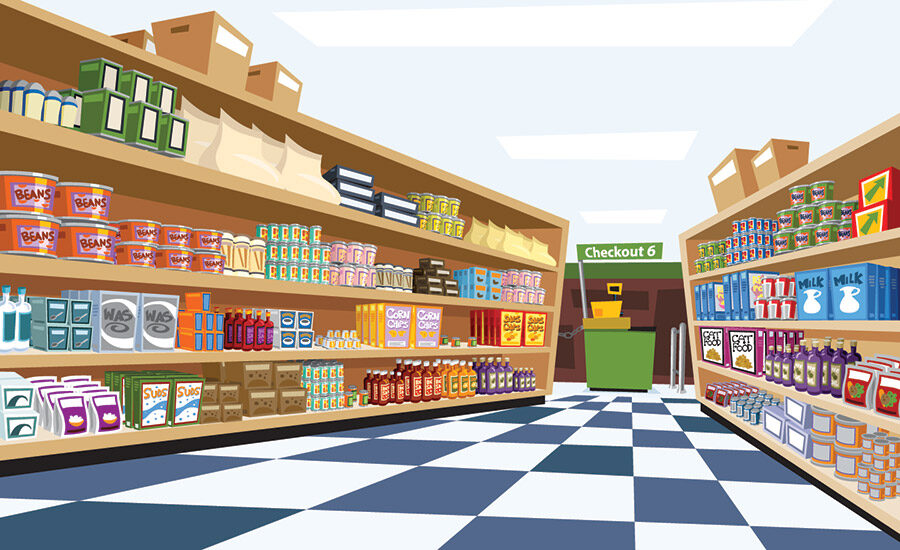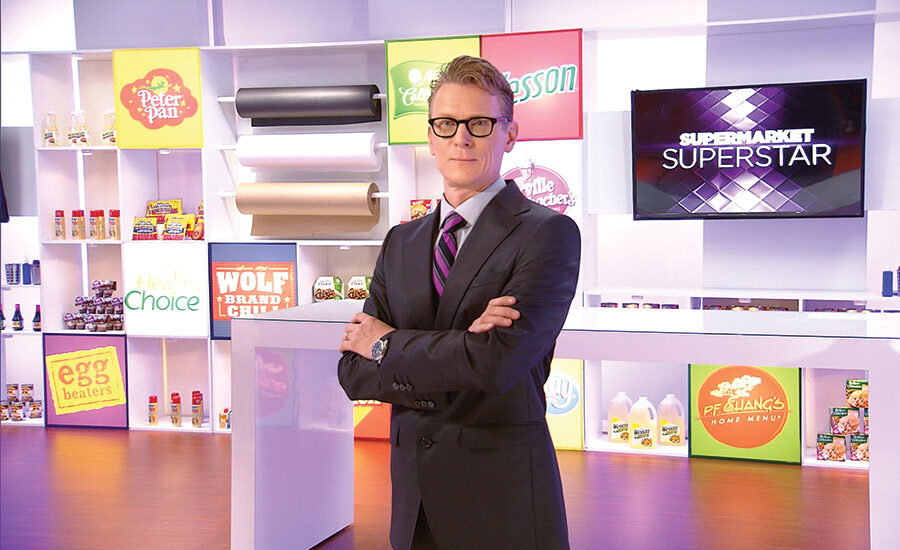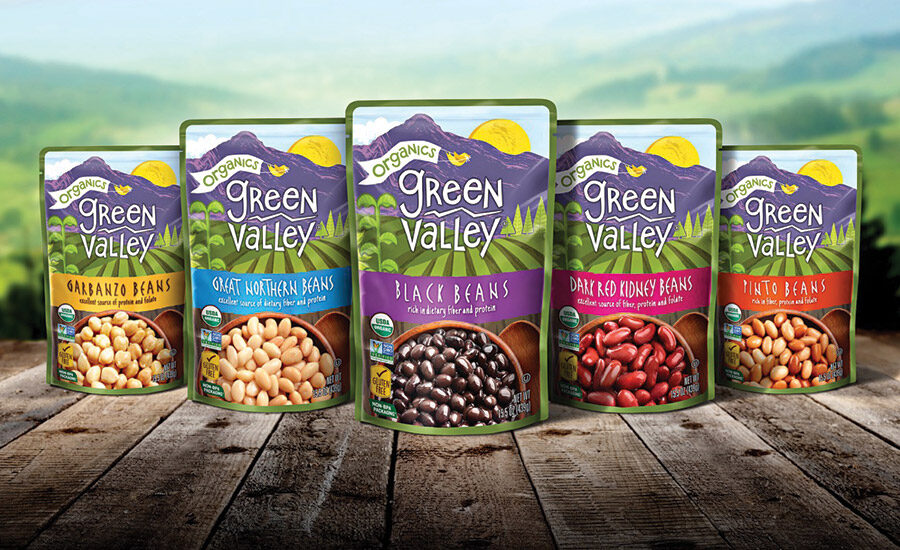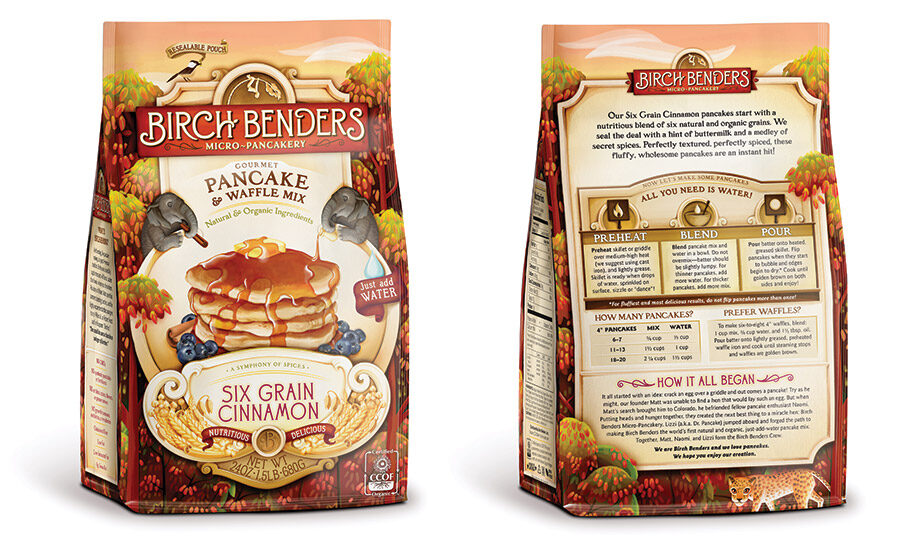Food packaging offers consumers many benefits. From necessary protection against spoiling, to aesthetics and nutritional information, all the way to meal ideas, thought-provoking mantras and promises of clean living. These benefits are just some ways that packaging is addressing consumer wants and needs. I caught up with chief innovation officer, Chris Cornyn, at the innovative food company, Revolution Foods, to ask about what’s new in food packaging.
Packaging Strategies: Transparency is a buzzword talked about a lot in the food industry. Why do you think consumers want this and how does transparency translate into food packaging?
Chris Cornyn: Food has become more of an experience, entertainment and statement of personal beliefs. Consumers today want food that they can see the ingredients [of], know the food story, and experience the food they are buying on a deeper level. Socially, culturally and emotionally.
Consumers are asking whether a food product and its packaging are good for their bodies, their community and the larger world. And they should. The food industry produces more packaging than any other industry in the world.
As a food company, we have an obligation to transparency on two levels.
A. First is a philosophy I call “See, Show, Know.” Consumers should See the food inside the package. Hence, we have made a conscious effort on our entire innovation pipeline to be able to see the food through transparent packaging. Secondly, whether an entrée or a side dish, we Show the food its fully formed state with photography. And lastly, we make sure the consumer Knows exactly what they are buying and where it comes from and why we created it.
B. It is important to explain where your actual packaging materials come from, but more important where they should go after it is used. We attempt whenever possible to make sure our food packaging can have a second life.
In the end however, transparency is a balancing act.
Food packaging must do so much. It must contain, protect, preserve, transport, get attention, communicate, image build, facilitate, instruct, educate, remind and have a secondary life…then you overlay transparency upon that and it is a real challenge. So in the end, just live by the old cliché…“What you see is what you get”, because that is what consumers believe.
PS: Food packaging must be convenient for users of all ages. In what ways do you see food packaging becoming more convenient?
Cornyn: I see there being a big “selfie” movement in food packaging. It will include: self-opening, self-closing, self-sealing, self-cleaning, self-dosing, self-regulating, self-heating, and self-cooling food packaging.
This movement will make kids more independent in the kitchen and help older folks stay more independent in the kitchen longer. All of which allows better nourishment throughout life.
PS: What are the top 3 consumer trends in food packaging?
Cornyn: I don’t really believe in responding to trends, but there are 3 truths that consumers desire in food packaging.
- Increase functionality. There are so many food categories that have packaging that is hard to use. When will the cheese industry reinvent the cheese drawer so the packaging works? I have 9 cheeses wrapped in plastic wrap in my fridge at various stages of moldiness. Can we reinvent the cheese drawer and packaging?
- Make the fridge and pantry prettier. Younger and busier consumers want to spend less time cooking, but still have a rich food experience. That means making the food experience real, convenient, but also aesthetically pleasing through packaging.
- Reduce waste. No more bag within a bag within a box with shrink-wrap kind of packaging.
PS: What is Revolution Foods doing to address these consumer desires?
Cornyn: Most food companies spend a lot of time scouring trend reports or asking consumers for insights into what they want in food products.
Revolution Foods takes a little different approach to innovation. We look for human truths in everyday food struggles. What does this mean? Example:
Truth: Kids Love Noodles.
That is not an insight…it is a truth. 3 out of the 4 top kid favorite foods are noodle-based. You don’t need a trend report or a quantitative study to tell you that.
Armed with truths, we ask what’s wrong with the solutions out there. What is the struggle with noodle products and packaging today? Well…they come in a Styrofoam cup, with dehydrated chicken chips, full of sodium and a microwave is needed to eat. Or they come in a can. Or a box with powered cheese. All struggles emotional, nutritionally or functionally. From here, we create products to delight consumers.
PS: What do you see becoming the next big thing in food packaging?
Cornyn:
A. We will be able to deliver fresher food to more places. Even in food deserts. And we will use less energy getting it there. I live in the Silicon Valley where innovation is rampant and people are working on amazing new technologies to make this a reality.
B. Food packages will be designed in a manner that respects the food and is not assaulting to the eye. Food should be cherished and respected. If dish soap packaging can be made sexy on the sink, so can a box of pancake mix or instant mashed potatoes in a pantry or kitchen counter.
C. No packaging at all. Go shop at your local Farmers Market and observe real innovation…the canvas bag is the next big think in food packaging!
Convenient, artistic and transparent… oh my!
A lot of consumer packaged goods brands, both big and small, are taking note of current consumer trends, or truths, and launching more playful and intuitive packaging. Birch Benders micro-pancakery features just-add-water pancake and waffles mixes to appeal to a more health-conscious consumer. The company boasts wholesome, organic food that is also convenient and delicious. The line is organic and non-GMO and packaged in pouches, rather than the traditional bag-in-box approach adorning most store shelves. The company sells seven varieties in resealable, stand-up pouches, each decorated with whimsical and beautiful designs to inspire breakfast cooking, and eating. The five-sided pouches, by Innovative Packaging Solutions Inc. (ipspack.com), provide plenty of room for the brand’s unique artistry.
The new Green Valley® brand from Salem, Oregon based-Green Valley Foods, LLC brings eye-popping innovative pouches to a category long marked by cans, thanks to brand agency CBX (cbx.com). The shelf-stable pouches are visually distinct and according to Gregg S. Lipman, CEO and managing partner of CBX, “each package blends tasty photography with hand-written typography and vibrant illustrations.”
In creating the new brand, which launched in October, CBX designed packages for Green Valley’s full line of organic beans, as well as their canned vegetable and pumpkin offering. Research, focused on Millennial moms from both coasts, underscored the need for a breakthrough in the category, Lipman adds.
“We saw that there was an opportunity here for something innovative and differentiated,” Lipman explains. “We were on a mission to create a vibrant, playful, honest offering that would spark optimism and creativity, catering to today’s busy but conscious consumers.”
The CBX team and Green Valley opted for an entirely new approach to the packaging by introducing a shelf-stable pouch for the bean varieties. Another goal of the brand was to inspire and engage Millennial consumers to enjoy the experience of cooking for themselves and for their kids, using Green Valley’s organic ingredients. The packaging includes loose recipe suggestions on the back to get the meal started.
Food packaging has a big responsibility to inform, inspire and attract consumers, all while protecting the goods inside. Food brands also should keep the design and ingredients authentic, relaying a truthful and transparent message to today’s more sophisticated shopper on a quest for a healthier lifestyle.
To read the entire interview on food packaging with Chris Cornyn, go to packagingstrategies.com/ChrisCornyn




